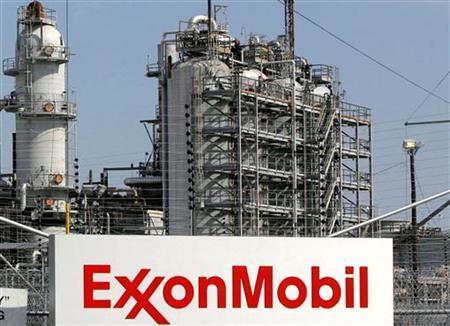
ExxonMobil (NYSE:XOM) is positioned to succeed in “any price environment”, according to its chief executive.
The American supermajor is planing to bring five “major” projects onstream over the next two years, adding around 340,000 boe of working interest capacity.
Chairman and chief executive officer Darren W. Woods said increased competitiveness and investing in projects for “high-value” products would allow the firm to battle any oil price.
Speaking to analysts in New York, Woods said: “Our job is to compete and succeed in any market, regardless of conditions or price.
“To do this, we must produce and deliver the highest-value products at the lowest-possible cost through the most-attractive channels in all operating environments.”
Exxon is anticipating capital spending of $22 billion in 2017, an increase of 16 percent from 2016.
Capital and exploration expenses through the end of the decade will average $25 billion annually, the firm added in a statement.
The statement continued: “More than one quarter of the planned spending this year will be made in high-value, short-cycle opportunities, including in the Permian and Bakken basins.
“Short-cycle investments are those expected to generate positive cash flow in less than three years after initial investment.
“The company has an inventory of more than 5,500 wells in the Permian and the Bakken with a rate of return greater than 10 percent at $40 a barrel, with nearly one-third generating significantly higher returns.
“Total annual net production growth from these basins through 2025 could be as high as 750,000 oil-equivalent barrels per day at a compound annual growth rate of about 20 percent.”
Exxon is also looking to advance longer-term projects focused on growing higher-value production in locations including Canada, Guyana and the United Arab Emirates.
ExxonMobil expects the startup of five major upstream projects in 2017 and 2018, which will contribute an additional 340,000 oil-equivalent barrels per day of working-interest production capacity.
These investments will support upstream volumes that are projected to be in the range of 4 million to 4.4 million oil-equivalent barrels per day through 2020.
In the downstream, the company is investing across the value chain to continue building on the strength of its portfolio of refining and other advantaged manufacturing assets. At
The chemical segment is investing to capture advantaged feed stocks and produce high-performance products in the U.S. Gulf Coast region and at its Singapore complex in Asia.
Recommended for you
